Tobacco Plant
- November 6, 2023
- 0 comment
The tobacco plant, scientifically known as Nicotiana tabacum, is a highly significant and controversial agricultural crop with a long history of cultivation and use. Originating from the Americas, it has been cultivated for thousands of years by indigenous populations before spreading worldwide.
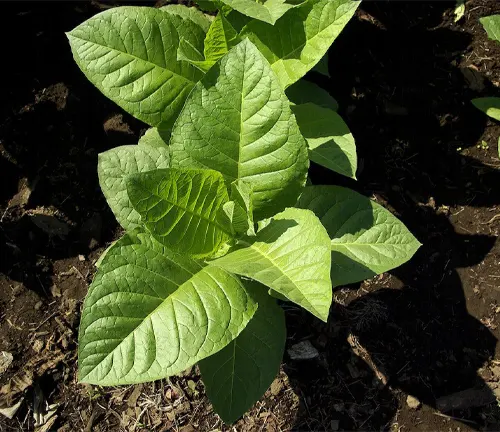
Tobacco leaves contain nicotine, an addictive alkaloid that has made tobacco products like cigarettes, cigars, and smokeless tobacco incredibly popular and, unfortunately, detrimental to public health.

Despite its negative health impacts, tobacco remains a major global cash crop and an economic staple in many countries. Its distinctive broad, sticky leaves and unique cultural and economic significance have shaped the world’s history and continue to be a subject of debate and regulation, as society grapples with the complex legacy of this ancient plant.
| Characteristics | Description |
| Scientific Name | Nicotiana tabacum |
| Family | Solanaceae |
| Origins | Native to the Americas |
| Growth Habit | Herbaceous annual or perennial plant |
| Height | Typically 1 to 2 meters, but can vary |
| Leaves | Broad, sticky, and covered with fine glandular hairs |
| Flowers | Tubular and usually fragrant, ranging in color from white to pink |
| Nicotine Content | Contains nicotine, an addictive alkaloid |
| Cultivation | Grown in a variety of climates worldwide |
| Cultivation Methods | Typically grown from seeds and requires warm temperatures |
| Harvesting | Leaves are harvested and cured to develop flavor and aroma |
| Use | Primary source for the production of tobacco products, including cigarettes, cigars, and smokeless tobacco |
| Historical Significance | Used for centuries by indigenous cultures, and introduced to Europe by Christopher Columbus |
| Economic Importance | Remains a significant cash crop in several countries, contributing to their economies |
| Health Concerns | Smoking or using tobacco products is a major cause of preventable diseases and health issues, including cancer and heart disease |
| Regulation | Subject to extensive regulations and public health campaigns due to its detrimental health effects |
| Cultural Significance | Has played a role in cultural and social traditions and rituals in various societies |
| Research | Continues to be a subject of research for understanding its health impacts and potential therapeutic uses |
| Alternatives | Increasing interest in tobacco harm reduction and the development of less harmful tobacco products or alternatives |
Botanical Beauty of the Tobacco Plant
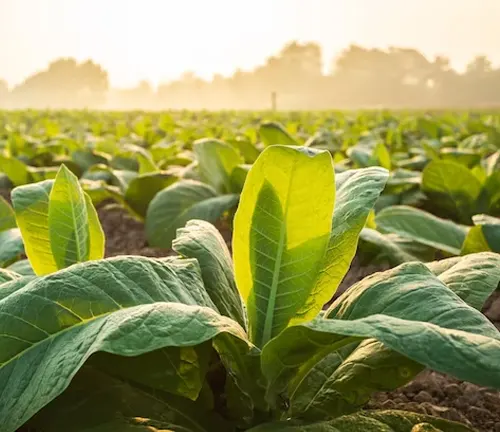
The tobacco plant, scientifically known as Nicotiana tabacum, possesses a certain botanical beauty that often goes overlooked amidst the contentious debates surrounding its use. Native to the Americas, this plant’s striking appearance is a testament to the natural world’s diversity. With its lush, broad leaves, covered in fine glandular hairs, and fragrant tubular flowers in shades ranging from white to pink, the tobacco plant’s aesthetic appeal cannot be denied. It has a place in the world of botany, aside from its notoriety as a source of nicotine. As we delve into the botanical beauty of this plant, we find that there is more to it than meets the eye.
Woodland Elegance
In its native habitat, the tobacco plant can be found adding a touch of woodland elegance. Standing at a height of one to two meters, these plants create a lush green presence in the landscape. Their leaves, which are the center of attraction, give the surroundings a distinctive, almost tropical feel. This unique elegance that tobacco plants bring to their native woodlands is a testament to the wonders of the natural world and the role they play in the ecosystem.
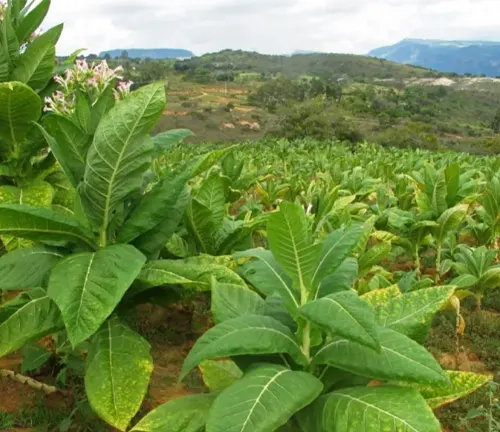
Ecological Importance
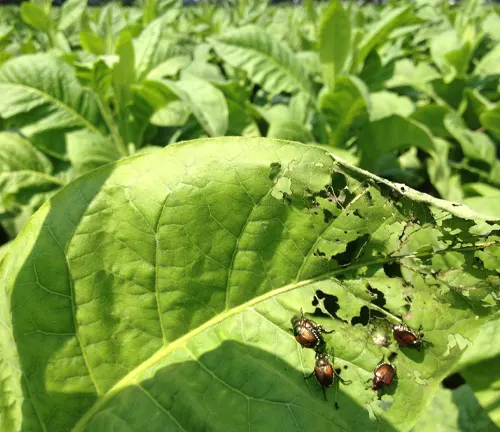
Beyond their visual appeal, tobacco plants hold ecological importance in their native habitats. They provide food and habitat for various insects and pollinators. Their fragrant flowers attract bees and butterflies, aiding in the pollination of other plant species. In some regions, they even act as host plants for specific butterfly species, supporting biodiversity and contributing to the delicate balance of ecosystems.
Cultivation and Conservation
Tobacco cultivation has a long and complex history, deeply entwined with human culture and commerce. As the demand for tobacco products has grown, so has the agricultural footprint of this plant. However, this expansion raises concerns about deforestation and loss of biodiversity in some areas. Conservation efforts are underway to protect native habitats and maintain the ecological balance that tobacco plants contribute to, all while ensuring sustainable cultivation practices.
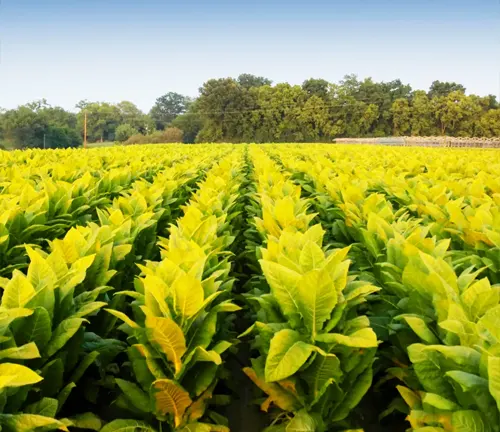
Fragrance
The fragrance of tobacco flowers is another aspect of this plant that often goes unnoticed. These flowers emit a sweet, pleasant scent, especially in the evening. It’s a reminder that even in the world of controversial crops, nature has bestowed an enchanting aroma that has been appreciated by many.
Soil Stabilization
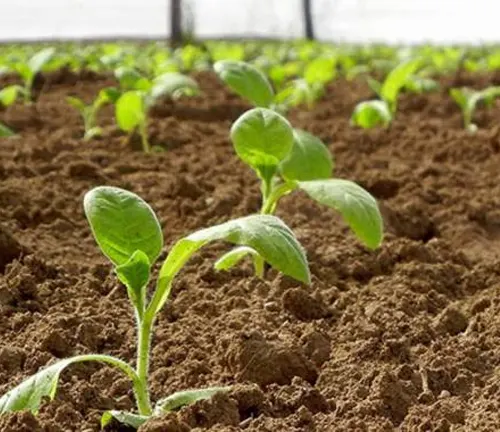
Tobacco plants have also been utilized for their ability to stabilize soil. Their deep roots help prevent erosion, making them valuable in certain agricultural and ecological contexts. This feature showcases the multifaceted nature of this plant, as it can serve a purpose beyond its traditional role in the tobacco industry.
Common Uses


While tobacco is primarily known for its use in the production of cigarettes, cigars, and smokeless tobacco, it has also found its way into the world of ceremonial and social practices in many cultures. From Native American rituals to the use of the plant in shamanistic ceremonies, the tobacco plant’s cultural significance is as diverse as its uses.
Benefits
Despite the well-documented health risks associated with tobacco consumption, the plant has also been explored for potential benefits. Some indigenous cultures have used it for medicinal purposes, and ongoing research aims to unlock its therapeutic potential while minimizing the harmful effects. This presents a complex challenge – harnessing the potential benefits while mitigating the risks.
Different Species
Nicotiana tabacum
This is the most widely cultivated species and is the primary source of commercial tobacco products like cigarettes, cigars, and smokeless tobacco. It is native to South America and has a high nicotine content.
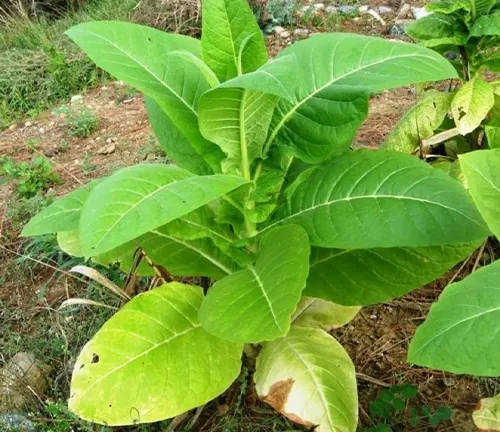

Nicotiana rustica
Also known as Aztec tobacco or wild tobacco, N. rustica is native to North and South America. It has a higher nicotine content compared to N. tabacum and has been used in some traditional and ceremonial practices.
Nicotiana attenuata
Known as coyote tobacco, it is native to western North America. This species has adapted to harsh environments and is often used in ecological research for its unique interactions with herbivores and predators.
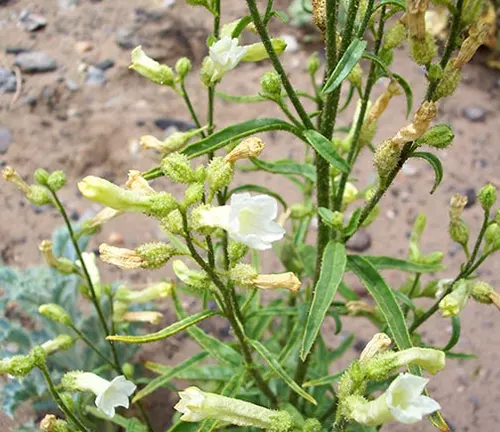
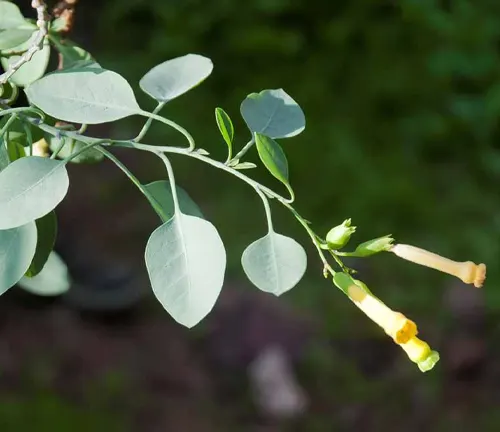
Nicotiana glauca
Native to South America, N. glauca is commonly called wild tobacco or tree tobacco. It is a small tree or shrub and contains toxic alkaloids. It is sometimes used in traditional medicine but can be dangerous if not used properly.
Nicotiana alata
Also referred to as jasmine tobacco or winged tobacco, N. alata is known for its fragrant flowers and is often grown as an ornamental plant. It is not typically used for commercial tobacco production.
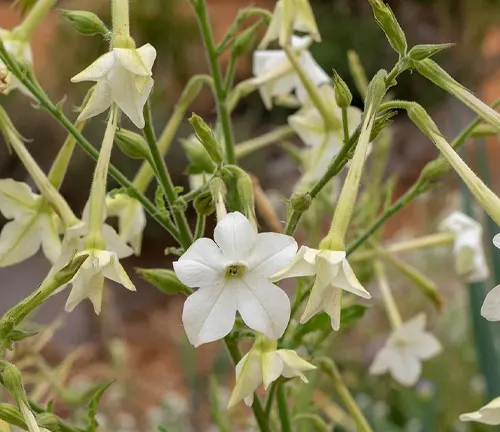

Nicotiana sylvestris
This species, known as woodland tobacco or South American tobacco, is also grown for its ornamental value. It has large, sweet-scented flowers and is not used for commercial tobacco production.
Nicotiana clevelandii: Native to California, this species is sometimes called Cleveland’s tobacco. It has small, tubular flowers and is grown for its ornamental value.
Frequently Asked Questions (FAQs)
- What is the scientific name of the tobacco plant?
The scientific name of the tobacco plant is Nicotiana tabacum. - Where is the tobacco plant native to?
The tobacco plant is native to the Americas, specifically South and Central America. - What is the primary use of the tobacco plant?
The primary use of the tobacco plant is the production of tobacco products, including cigarettes, cigars, and smokeless tobacco. - What is nicotine, and why is it present in tobacco plants?
Nicotine is an alkaloid present in tobacco plants. It acts as a natural defense mechanism against herbivores, but it is also the addictive substance in tobacco products. - Are there different species of tobacco plants?
Yes, there are several species within the Nicotiana genus, with Nicotiana tabacum and Nicotiana rustica being the most well-known. - How is tobacco cultivated?
Tobacco is typically grown from seeds in warm climates. It undergoes a curing process after harvesting to develop its flavor and aroma. - What are the health risks associated with tobacco use?
Smoking or using tobacco products is a major cause of preventable diseases, including lung cancer, heart disease, and respiratory issues. It is also highly addictive. - Are there any potential benefits of the tobacco plant?
Some indigenous cultures have used tobacco for medicinal and ceremonial purposes, and ongoing research explores its therapeutic potential while minimizing health risks. - How is the tobacco industry regulated?
The tobacco industry is subject to extensive regulations in many countries to address health concerns, including warning labels, advertising restrictions, and age limits. - What is the ecological importance of the tobacco plant?
Tobacco plants provide food and habitat for various insects and pollinators, contributing to biodiversity and ecosystem health. - Are there conservation efforts related to the tobacco plant?
Yes, conservation efforts aim to protect native habitats and maintain ecological balance while promoting sustainable cultivation practices. - Can tobacco plants be grown for ornamental purposes?
Some species of tobacco plants, such as Nicotiana alata and Nicotiana sylvestris, are grown for their ornamental value due to their attractive flowers and fragrance.


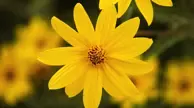

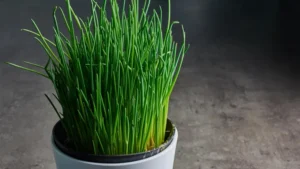
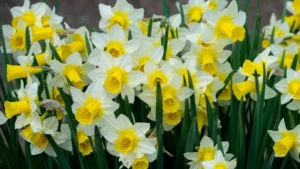

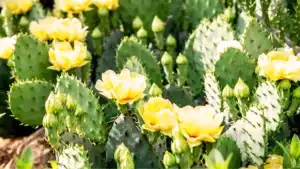
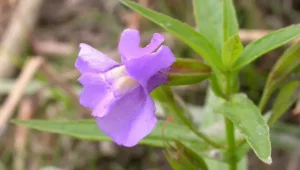

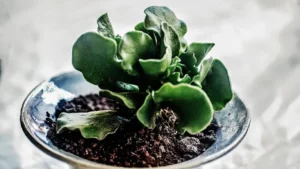
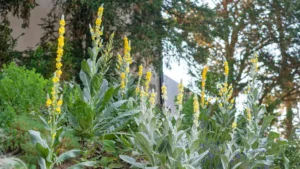


Leave your comment